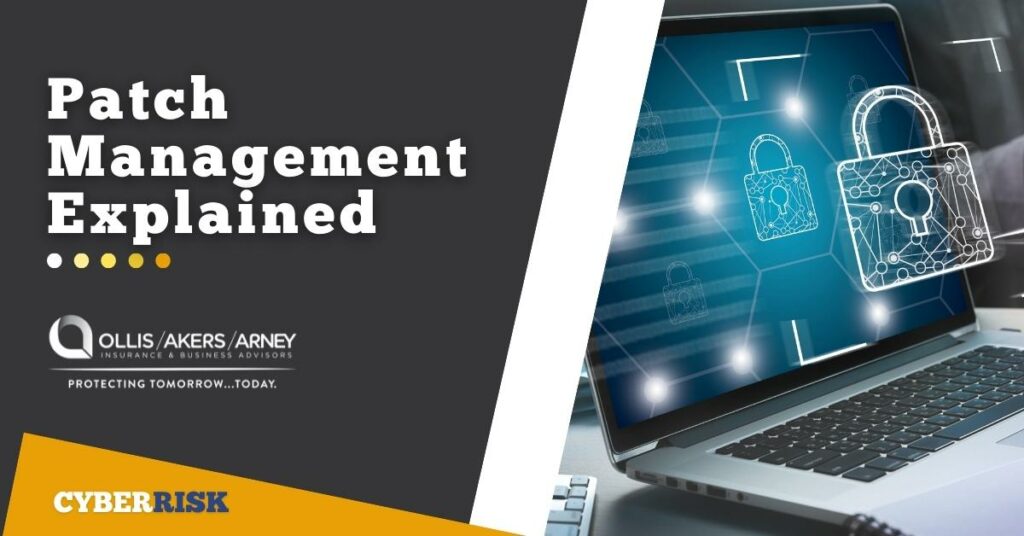Patch management is the process of acquiring and applying software updates to a variety of endpoints, including mobile devices, computers, servers and embedded devices. Installing patches regularly is necessary to correct errors, help protect data and optimize system functions. This article provides information on how a consistent approach to patching and updating software can limit exposure to various exploits.
What Are Patches?
Patches modify operating systems and software to improve security, fix bugs and improve performance. They are created by software developers and address vulnerabilities attackers may target.
Why Is Patch Management Necessary?
Patch management is necessary for the following reasons:
- Security—Hackers look to exploit cybersecurity weaknesses. Installing patches fixes software vulnerabilities and therefore reduces an organization’s cybersecurity risks.
- Compliance—Regulatory bodies or government agencies may require organizations to adhere to patch management standards. Meetings those requirements can help businesses avoid sanctions, fines or penalties.
- Feature improvements—In addition to addressing security issues and fixing bugs, patches can also offer feature and functionality improvements to help software run smoothly
- Minimize downtime—With the enhancements that patches provide, programs may run more efficiently. This can increase production by helping minimize downtime and improving the user experience.
How Is Patch Management Performed?
- The patch management process can be carried out by a company’s IT team, an automated patch management tool or a combination of both. Steps in the patch management process include:
Identifying IT assets (inventory) and their locations—Taking stock of IT assets and where they are located is a crucial first step in the patch management process. This is especially important as employees increasingly work remotely. - Identifying critical systems and vulnerabilities—Being aware of critical systems and identifying and tracking vulnerabilities are also key aspects of patch management. It is important to take note of existing security features (e.g., firewalls and antivirus software) and what they are protecting against. With this information, an IT team can more readily determine which systems need to be patched when vulnerabilities are discovered or reported.
- Testing and applying patches—Before applying the patches to all systems, it is best to test them on a representative subset of IT inventory. This can help ensure the updates will not create unforeseen issues. Once testing is complete, begin rolling out the patches to the rest of the assets. It is advisable to do this in batches, as this can help identify potential issues before they become too widespread.
- Tracking progress and maintaining records—During the rollout, it is advisable to keep track of the progress being made. After the patches have been successfully installed, it is essential to keep accurate documentation that notes which assets have been updated.
Conclusion
Having a comprehensive patch management process not only increases a company’s cybersecurity posture and helps keep the business running smoothly, but it also is a practice frequently required by insurance underwriters in order to obtain cyber insurance. Contact us today for more information.
© 2022 Zywave, Inc. All rights reserved


